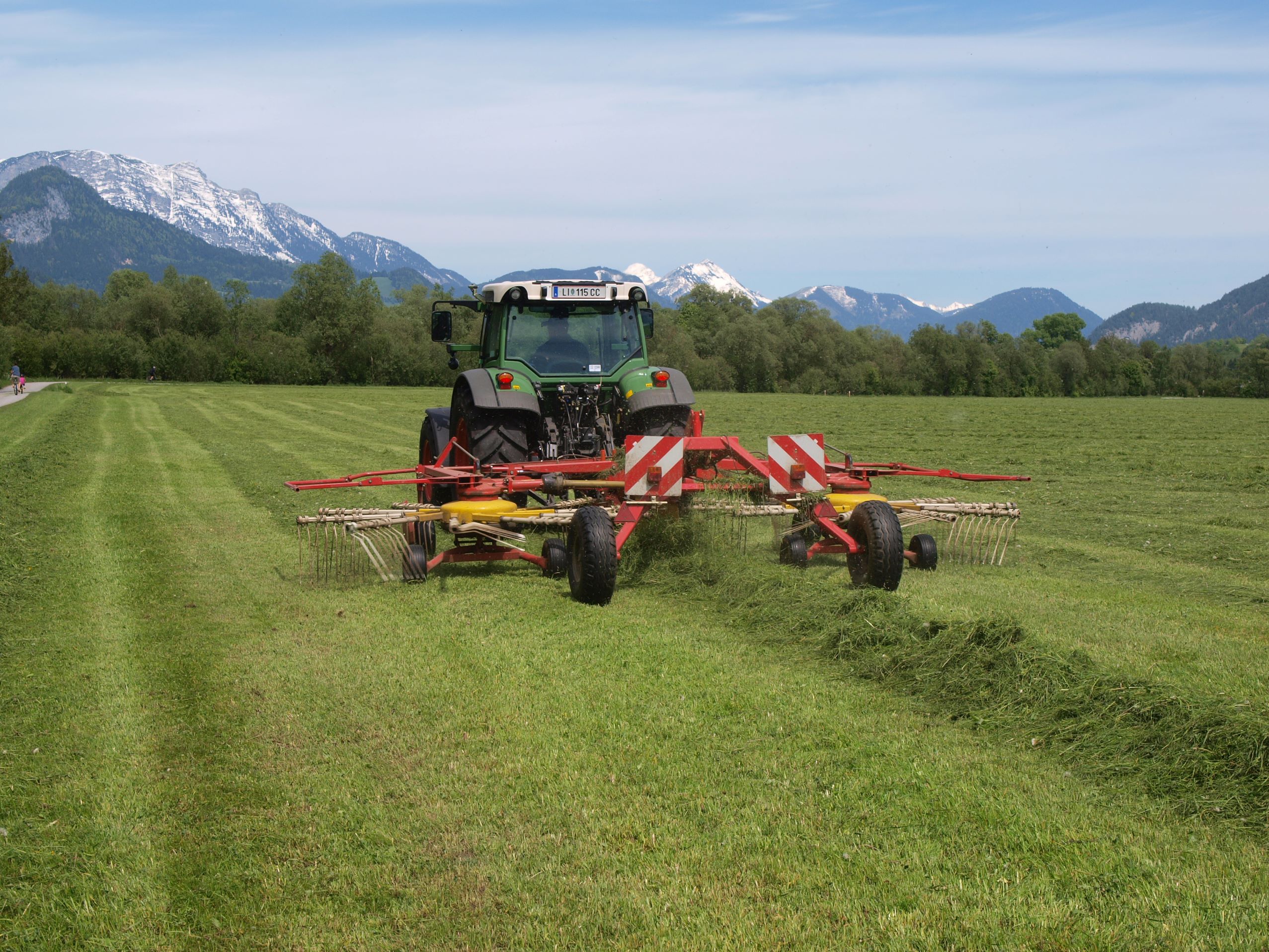It was investigated whether the mixed ensiling of drought-damaged grassland feed with sugar beet pulp (SBP) , wheat gluten feed (WGF) or brewer's spent grain (BG) had a positive effect on the nutrient composition , the fermentation properties , the in-vitro gas production (GP) and the content of physically effective neutral detergent fiber (peNDF) from silage. It was also tested whether the addition of anaerobic fungal isolates from rumen juice of ruminants (AF), rumen juice (RF) or lactic acid bacteria (LAB) brings further benefits.
All silages showed satisfactory preservation properties with high lactic acid contents and low dry matter losses as well as neutral detergent fiber contents, which are typical of preserved feedstuffs. Mixed ensiling with brewer's spent grains significantly increased the crude protein concentration , while ensiling with sugar beet pulp increased the rumen degradability of the silage. Mixed ensiling with wheat gluten feed improved both the crude protein content and rumen degradability.
The addition of fresh fungal isolate resulted in the highest lactic acid levels , particularly when ensiling with sugar beet pulp, but had no effect on gas production. In vitro gas production was higher with the addition of rumen juice, indicating improved degradability of the feed in the rumen. The silages supplemented with lactic acid bacteria had a lower pH value, but no influence on gas production was observed.
In summary, mixed ensiling has the potential to produce high-quality silages from drought-damaged grassland. More detailed results on this experiment can be found in the journal article in Grass and Forage Science: Online Library - Mixed ensiling of drought-impaired grass with agro-industrial by-products and silage additives improves the nutritive value and shapes the microbial community of silages






